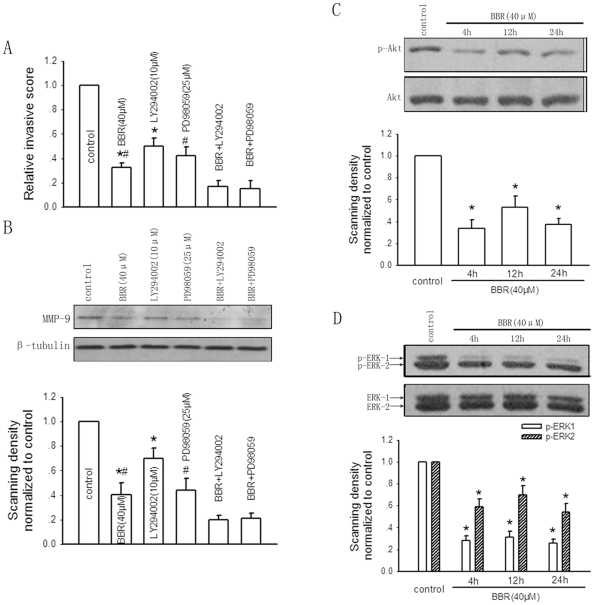Figure 5. Involvement of the PI3K-AKT and ERK pathways in the inhibitory effect of berberine (BBR) on HepG2 cell invasion and MMP-9 expression.
The effects of combination treatment of AKT inhibitor LY294002 (10 µM) or ERK inhibitor PD98059 (25 µM) with berberine on HepG2 cell invasion (A) and MMP-9 expression (B) after 24-hour incubation. Bar graphs are derived from densitometric scanning of the blots (B). Bars are mean±SD from four-seven independent experiments. *Significantly different from combination treatment of LY294002 (10 µM) and berberine (40 µM) group; #significantly different from combination treatment of PD98059 (25 µM) and berberine (40 µM) group, P<0.05. The effects of berberine (40 µM) on AKT (C) and ERK (D) activities represented as the levels of phosphorylated forms of AKT and ERK by western blotting at the indicated times of treatment. Bar graphs are derived from densitometric scanning of the blots. Bars are mean±SD from four independent experiments. *Significantly different from DMSO control, P<0.05.

